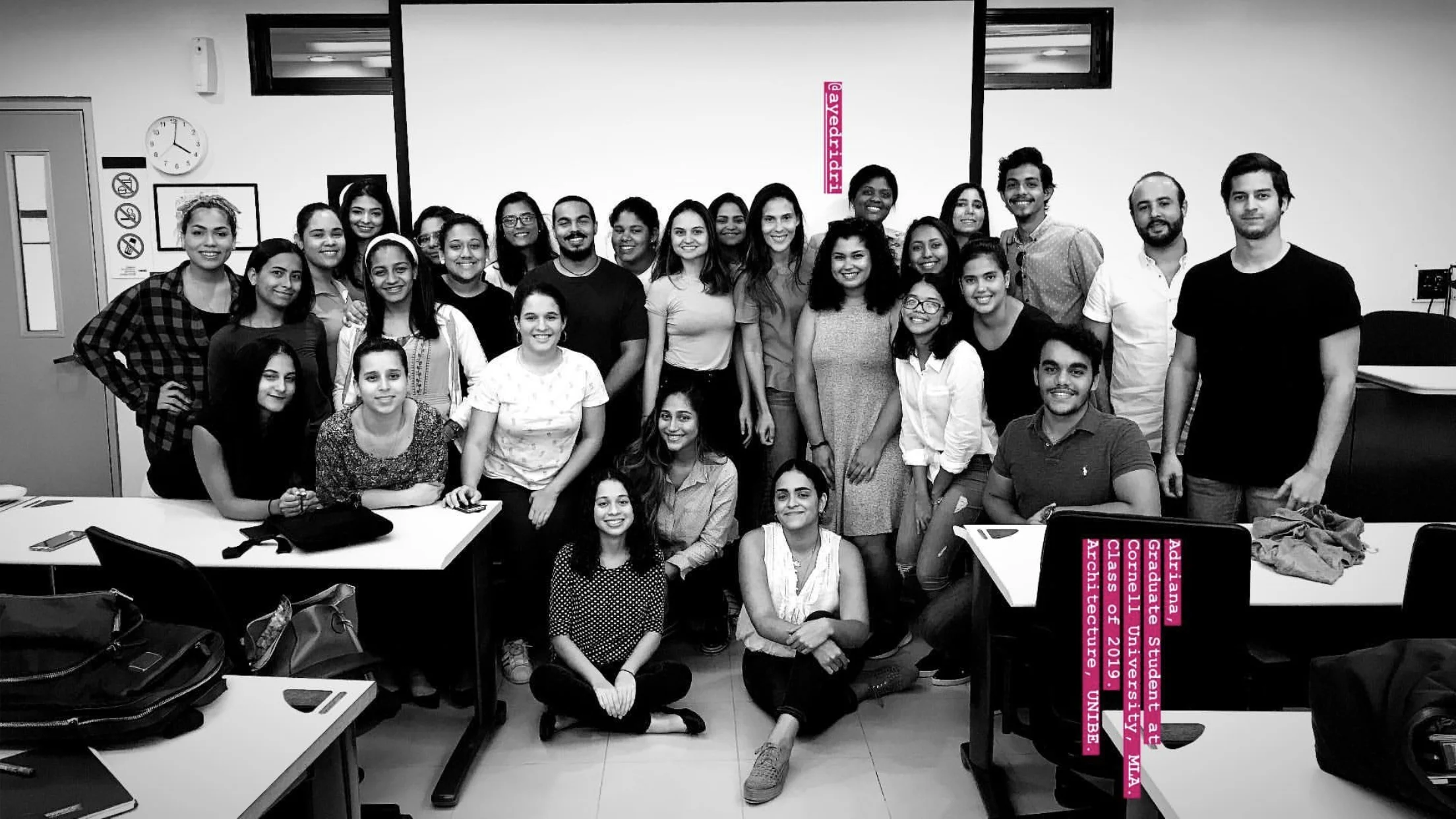As the lead for the UN CC: Learn project, Daniel Abreu Mejía focuses on work and research related to climate change in the Dominican Republic. His career has followed international and local organizations where he has worked as an activist, researcher, consultant, and board member on many initiatives related to risk management, transparency, and adaptation to climate change. Ultimately, Daniel’s goal is to become a bridge that connects sustainability-related experts and researchers with practitioners and citizens that can make positive changes on the ground.
Landscapes | Haiti
Charting complexity through an unconventional journey
Internship | Jardin Botanique des Cayes
Located in Les Cayes, Haiti, Jardin Botanique des Cayes is the first established botanical garden in the country focused in conservation, biodiversity and research. While in Haiti, I spent the majority of my time interning in the garden and learning about native plants, local conversation, and sharing my knowledge in planting plan documentation and design. One of the most unique spaces in the country, Jardin Botanique des Cayes not only offers environmental value, but also provides a safe space for ecological exploration.
Site Visit | Nature Design Haiti
Nature Design Haiti is a landscape company focused on providing botanical and ecological expertise to local development projects. Founded in 2014 by William Cinea, Nature Design Haiti cultivates native and endemic plant collections in an effort to conserve and promote biodiversity in the region. During my visit, I took a tour with William to learn about the plant collections and how being one of the only large-scale native plant cultivators influences local development, perception, and design.
Interview with William Cinea
At the forefront of conservation and biodiversity management in Haiti, William Cinea is an entrepreneur creating projects that regenerate the local environment, culture, and complex systems. His experience in diverse international landscapes allow him to integrate unique perspectives into his work and to build spaces that offer opportunities for environmental research, education, and recreation. Unlike any other in the country, we sit down to discuss the creation of his two projects - Jardin Botanique des Cayes and Nature Design - and to talk about the inspiration behind establishing biodiverse conscious spaces in a country where the environment is steadily diminishing.
Conversation with Shaney Peña-Gómez
As a 2018 Harvard Loeb Fellow, Shaney continues her work on bi-national border regions between Haiti and the Dominican Republic. She plans to advance her knowledge in new urban models focused in green infrastructure financing, open space creation, and increased density. We sit down to chat about her work along the border, her perception of the bi-national “environmental divide”, and how these narratives fit into the context of landscape architecture in the Dominican Republic.
A Closer Look | Pasantía de Arquitectura de Paisaje
A closer look into my internship as the Teaching Assistant for a landscape architecture course taught by Massiel Mejía at UNIBE!
Site Visit | La Finca Tierra Negra
La Finca Tierra Negra is an organic cocoa and regenerative agroforestry farm in the Cibao region of the Dominican Republic. A historic family heirloom, LFTN has been in the family for generations and has recently been reactivated by Altair Rodriguez. We spend a day at the farm discussing regenerative agriculture, multi-function plant systems, and what it means to be a small farm shareholder when sustainable native plant ecologies are the priority.
Interview with Massiel Mejía
Massiel Mejia is a landscape architect in the Dominican Republic and currently teaches Landscape Architecture at the IberoAmerican University (UNIBE). She received her MLA from the Universitat Politècnica de Catalunya (UPC) [Barcelona] and returned to the Dominican Republic to start her own practice in design and construction. We sit down to talk about her experience in the field, with plants, and the future of landscape architecture in the Caribbean.
Flora Endemica
Jardín Botánico Nacional (Santo Domingo) is a public garden that showcases a variety of flora unique to the region. The most unique feature in the garden is the collection of endemic plants. Not knowing much about the general horticulture of the region, let alone endemics, I then set out to investigate what it means to be an endemic plant, the state of conservation on the island, and the presence they hold in the surrounding environment today.
Nation | Nature
As the first permanent European settlement of the Americas, the island of Hispaniola has experienced a tumultuous political and environmental past. To better understand the current landscape and its contextual potential I thought it was necessary to understand the historic events that critically shaped both sovereignties into their territories today.










